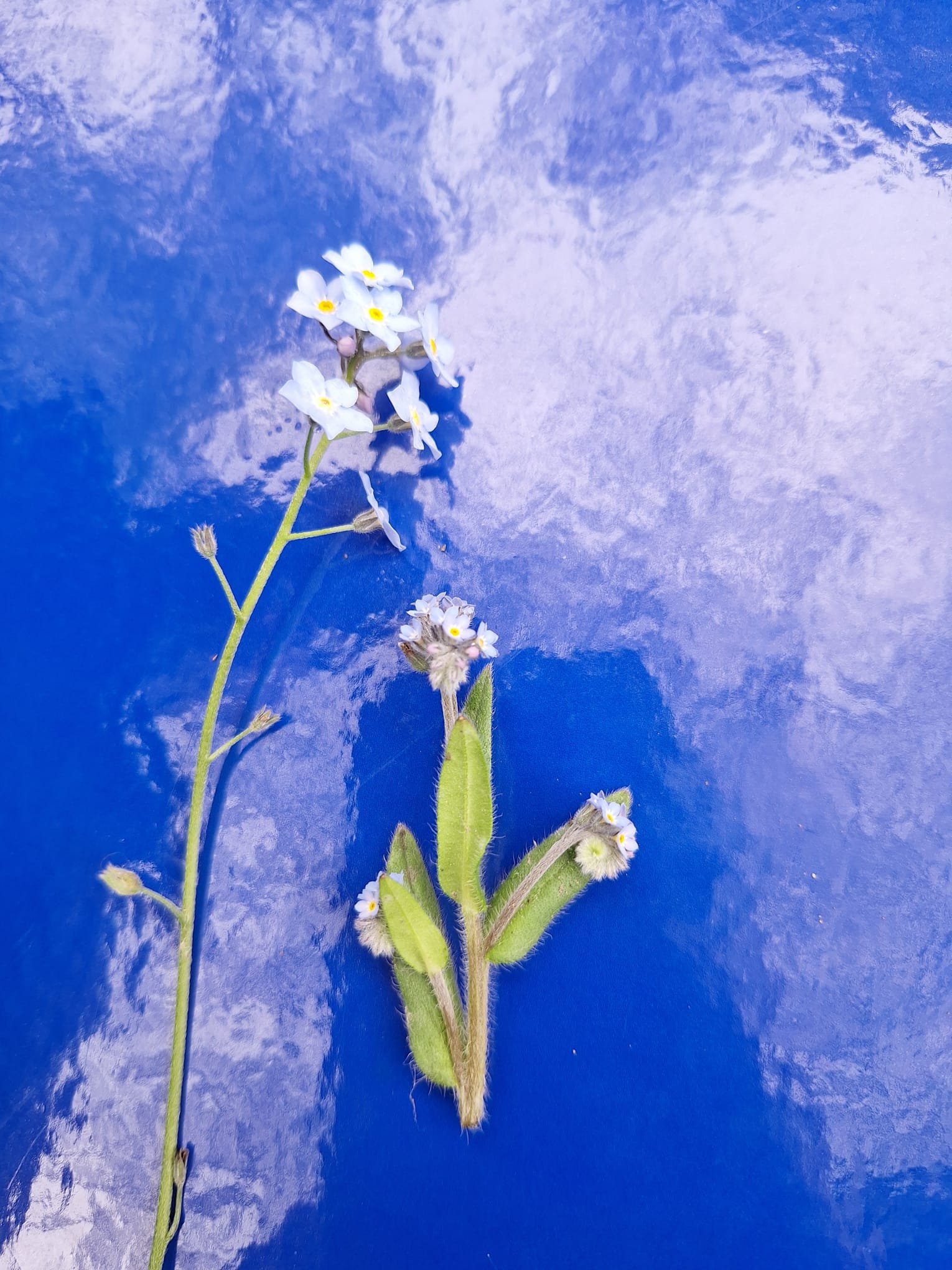
Woodlands: A Habitat Introduction, 2024
By Kate Kirkwood
Background photograph © Kate Kirkwood
Thanks to bursary funding from BRISC, I was able to attend a course ‘Woodlands: A Habitat Introduction” delivered by The Field Studies Council.
Over the course of two days, tutor Morag Boyd, led our twenty strong cohort through a series of classroom and field sessions at Durham Wildlife Trust’s (DWT) Low Barns Nature Reserve that provided us with an introduction to British woodland habitats and their characteristics, how to identify healthy woodlands, including how to identify threats, and plenty of practical experience in the woodlands identifying key woodland indicator species.
Day One focused on understanding trees in woodlands; time was spent learning and refreshing tree identification and using identification keys, as well as an opportunity to use all our senses to get to know some of the trees better. We undertook studies of individual trees; taking time to observe characteristics and build our own ways of recognizing species through leaf shapes, colours and textures, as well as bark colour and texture, and where present flowers and fruit.
Day Two began by looking at the structure of woodland and threats to their health, as well as identifying indicator plant species within woodland that help to tell the story of that place. For example, species such as wild garlic, dogs’ mercury, bluebells are often found in ancient woodlands, which can inform its management. We were tasked with selecting an area of the woodland and to build a narrative based upon the tree and plant life that we observed using all the skills we had learned and/or refreshed over the two days of the course. The field sessions were particularly helpful as it gave us a real opportunity to compare real plants, for example side by side comparisons of wood (M. sylvatica) and field forget-me-nots (M. arvensis) were especially clear.
© Kate Kirkwood
We were also lucky enough to be given a guided tour of the charcoal kilns and worksite that the reserve Warden and volunteers were hard at work preparing for a burn. The site has suffered from areas of ash dieback, which has resulted in large quantities of timber that cannot be removed from site. Fortunately, by turning the timber from biosecurity work and other management across the reserve, they can create a useful product that can generate a small amount of income for the Durham Wildlife Trust. The warden also shared with us some of the work they are doing to create vitally important scrub and open woodland habitats, for birds such as willow warblers.
© Kate Kirkwood
The two days were an excellent opportunity for me to build on my existing identification knowledge and skills to apply them to trees and woodlands. While I was familiar with many of the trees found at Low Barns Nature Reserve, I was interested to see Midland Hawthorn (Crataegus laevigata) – a species new to me as it is uncommon in Scotland as opposed to common hawthorn (Crataegus monogyna).
I have been able to take the knowledge and skills I have gained from this course straight back to my role as a Greenspace Project Officer with Edinburgh and Lothians Greenspace Trust. I am developing improvement proposals for two existing urban woodlands in Edinburgh and already feel more confident in delivering those because of the course.
I would like to extend my thanks to Biological Recording in Scotland for their kind bursary payment which enabled me to attend this course, as well as covering the travel and accommodation due to this not being available in Scotland.



